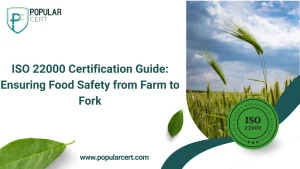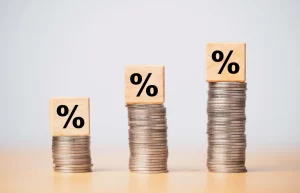
Let’s be honest—climate change isn’t just about melting glaciers or hotter summers. It’s reshaping the way we produce, move, and consume everything from coffee beans to lithium. And as governments tighten regulations, global supply chains are feeling the heat. Here’s how.
The Big Squeeze: How Policies Are Reshaping Commodity Flows
Think of climate policies like a slow-motion vise. On one side, you’ve got carbon taxes and emission caps. On the other, subsidies for green alternatives. The result? Commodity markets are getting squeezed into new shapes—sometimes painfully.
1. Energy Commodities: Oil’s Rough Ride
Oil markets used to be predictable. Not anymore. With carbon pricing schemes in 46 countries (and counting), fossil fuel demand is wobbling. Take Europe—where natural gas prices spiked 800% in 2022 partly due to policy shifts. Meanwhile, renewables are eating into market share:
| Energy Source | Global Growth (2020-2023) |
| Solar | +43% |
| Wind | +28% |
| Coal | -2% |
2. Agricultural Shakeups: Coffee, Cocoa, and Climate Rules
Here’s the deal: 60% of coffee-growing regions could become unsuitable by 2050 due to climate shifts. But policies are accelerating the crisis. The EU’s deforestation-free product regulation means Brazilian coffee farmers must now prove their beans didn’t come from cleared land. The paperwork alone adds 15% to costs—and that’s before droughts hit yields.
Hidden Domino Effects in Manufacturing
You wouldn’t connect car batteries to Indonesian rainforests. But nickel mining for EVs is doing just that—and policies are scrambling the math:
- Local vs. global tradeoffs: Indonesia banned nickel ore exports to force onshore processing. Great for local jobs… but smelters there run on coal power.
- Recycling bottlenecks: The EU’s battery passport system tracks materials. Problem? Only 5% of lithium gets recycled efficiently today.
Three Ways Supply Chains Are Adapting (Or Not)
1. The Good: Smart Diversification
Some companies are ahead of the curve. Unilever now sources palm oil from 800 sustainable suppliers—cutting deforestation links by 90%. It cost billions, but preempted future bans.
2. The Ugly: Carbon Leakage
When the EU cracks down on steel emissions, production just moves to India or Vietnam. Net global emissions? Zero change. Policy gaps make this a shell game.
3. The Creative: “Green” Trade Wars
The U.S. Inflation Reduction Act offers $7,500 EV tax credits—but only if batteries use North American minerals. Cue Canada scrambling to open 12 new lithium mines by 2030. Protectionism dressed in green.
What Comes Next: The Policy Storm Clouds
Watch these brewing trends:
- Scope 3 emissions reporting: Walmart’s suppliers must now disclose indirect emissions. Expect more chains to follow.
- Water footprint taxes: Drought-stricken regions may tax “thirsty” crops like almonds or cotton.
- Shipping lane shifts: Melting Arctic routes could cut Asia-Europe transit times by 40%—with ecological costs.
The irony? Climate policies aim to stabilize the planet… but in the short term, they’re destabilizing the very systems we rely on. Maybe that’s the price of progress—or maybe we’re still missing smarter solutions.







